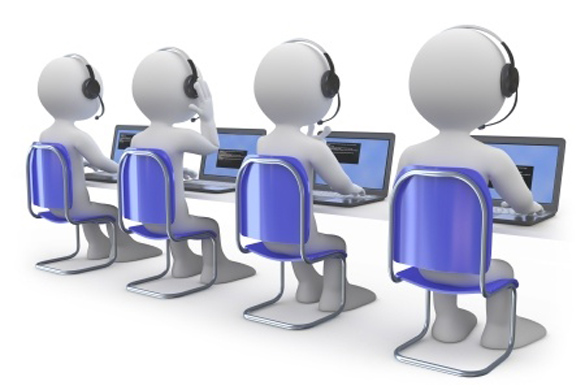1. Increased grade of customer engagement:
An increased grade of customer engagement is one more benefit offered by co- browse technology. Co-browsing teaches customers how to do things rapidly and effectively. Moreover, proactive invitations to shop together drive customer engagement, giving agents the ability to make offers, answer questions, and provide the help needed to close more sales as actively engaged customers convert. Co-browsing feature is of potential use to serve the customers that aren’t tech savvy.

2. Boosted e-commerce sales:
Co- browsing is not just meant for instant query resolution or instant guidance through the purchase process. In fact, agents engaged in a co-shopping session can be trained to up-sell, cross-sell, and encourage opt-in for future sales opportunities. These offers may include joining a mailing list, connecting on social media, subscribing newsletters and more.

3. Identify the weak points and help in customer service improvement:
Co-browsing can actually be used to monitor or keep a track of customer queries through screen shots of issues. These screen shots can be used for knowledge base, training, or bug fixes. It helps companies maintain real-time visibility into the customer experience and further assist in improving the customer service.

4. Enhanced buyer experience:
According to a study conducted by Forester, co-browsing has the highest customer satisfaction ratings of any customer support tool. The study shows that live-assist communication channels like phone, chat, co-browse have much higher satisfaction ratings than asynchronous electronic channels such as email, web self-service. Satisfaction ratings as stated by the above mentioned study are as follows: phone (74%), chat (69%), co-browse (78%), email (54%), and web self-service (47%). Thus, the study clearly proves that with co-browsing the customer achieves another level of customer service. Many a times it is seen that the customers ask the agent to co-browse because they understand that co-browsing will easily resolve the issue that too faster.























































































